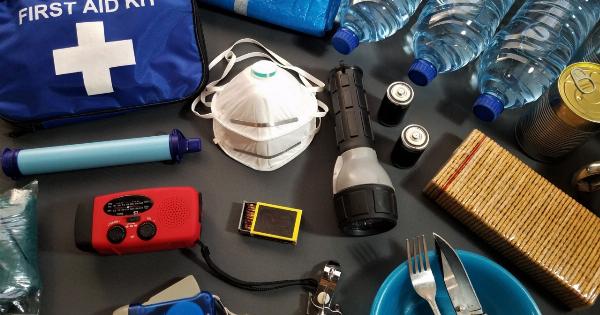As the Earth’s climate continues to warm up, it’s becoming increasingly important to understand the health risks associated with extreme heat.
From heat exhaustion to heat stroke, prolonged exposure to high temperatures can be incredibly dangerous, especially for certain vulnerable populations. Let’s take a closer look at some of the groups that may be most at risk for heating-related health issues.
Elderly Individuals
One of the most vulnerable groups when it comes to heat-related health risks is elderly individuals. As we age, our bodies become less efficient at regulating body temperature, which means that the risk of heat stress increases.
Additionally, many elderly individuals may be on medications that affect their ability to regulate their temperature or may have pre-existing conditions that make it harder for their bodies to deal with extreme heat.
Children
Children are another group that is at risk for heat-related health issues. This is because their bodies are still developing, and they may not be able to regulate their temperature as well as adults can.
Additionally, children may not recognize when they are getting too hot or may be less likely to take steps to cool down, such as drinking water or seeking shade.
People with Chronic Medical Conditions
Individuals with chronic medical conditions, such as diabetes, heart disease, or lung disease, may also be at increased risk for heat-related health problems.
This is because these conditions can make it harder for the body to regulate temperature, and they may also make it more difficult for the body to cope with dehydration or electrolyte imbalances. Additionally, some medications used to treat these conditions may affect the body’s ability to deal with extreme heat.
Outdoor Workers
Outdoor workers, such as construction workers or farmers, are also at risk for heat-related health problems.
Exposure to the sun for extended periods of time can increase the risk of heat exhaustion or heat stroke, especially if they are working in humid conditions. Additionally, outdoor workers may be less likely to take breaks or hydrate regularly, which can further increase their risk.
Low-Income Individuals
Low-income individuals are another group that may be at increased risk for heat-related health issues.
This is because they may be less likely to have access to air conditioning or other cooling mechanisms, or they may not be able to afford to turn them on regularly. This can put them at greater risk for dehydration or heat exhaustion, especially during prolonged heat waves.
Pregnant Women
Pregnant women are also at increased risk for heat-related health problems. This is because the extra weight they are carrying can make it harder for their bodies to regulate temperature, and they may also be more susceptible to dehydration.
Additionally, high temperatures can put stress on the fetus and increase the risk of complications, such as preterm labor.
People Living in Urban Areas
Finally, people living in urban areas may be at increased risk for heat-related health issues. This is because urban environments tend to be hotter than rural areas, due to the amount of concrete and asphalt that absorbs and retains heat.
Additionally, some urban areas may not have enough green spaces or shade, which can further increase the risk of heat exhaustion or heat stroke.
Conclusion
While anyone can be at risk for heat-related health problems, certain groups may be more vulnerable than others.
Elderly individuals, children, people with chronic medical conditions, outdoor workers, low-income individuals, pregnant women, and those living in urban areas may be at greater risk for heat exhaustion, heat stroke, and other heat-related illnesses. Understanding these risks and taking steps to stay cool and hydrated during periods of extreme heat can help reduce the risk of health complications and ensure that everyone stays safe.






























